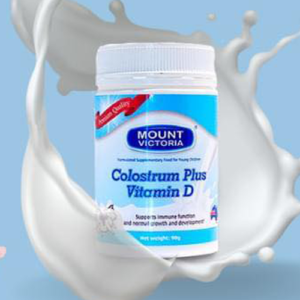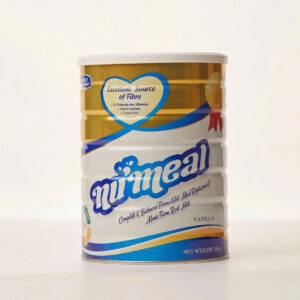Danh mục tin tức
Health Information

1. Milk Nutrients
Energy
Foods which provide us with energy in the form of calories (Kcal).
Calories effectively act as the fuel that powers our bodies and enables us to function, in the same way that petrol fuels a car.
The energy content of milk varies depending on the fat content. For example, Mount Victoria UHT Milk
– Full Cream milk (3.3g milk fat) provides 264 kcals per 100ml;
– Skim milk (0.1g milk fat) provides 162kcals per 100ml.
Higher calorie milks are more suitable for those who have increased energy requirements e.g. children and adolescents, or those with poor appetites who need nutrient dense foods to provide as many calories as possible in small amounts e.g. the elderly.
Lower calorie milks are suitable for the majority of the population and are especially useful when consumed as part of a calorie controlled diet for contributing to weight loss.
Protein
Protein is essential for growth and repair of tissues and for the production of hormones and enzymes which are essential to the correct functioning of the body.
Milk is a source of “high biological value” protein – it provides us all 9 essential amino acids required by humans that the body cannot make itself.
Mount Victoria Full Cream milk contains 3.8g protein per 100ml which can be divided into two main groups: caseins and whey proteins. Approximately 80% of the protein in milk is casein based and 20% is whey based.
Casein is the major protein in milk and can be divided into four major types: alpha, beta, gamma and kappa caseins.
Whey protein is composed predominantly of beta -lactoglobulin and alpha-lactalbumin.
But other whey proteins include serum albumin, immunoglobulins (IgA, IgG, IgM), protease peptones, lactoferrin and transferrin.
Carbonhydrate
Carbohydrates provide energy required for optimal body functions.
The form of carbohydrate found in milk is known as lactose and is the least damaging sugar with regards to tooth decay. For this reason, plain milk and water are the only 2 drinks recommended by dentists to be safe to consume between meals.
There is approximately 12.8g of carbohydrates in 1 glass per 250ml of Mount Victoria UHT Full Cream milk.
Fat
Fat is required for many functions in the body including storage and provision of energy, production of hormones, protection, warmth and provision of fat soluble vitamins amongst many other functions.
The fat in milk contributes unique characteristics to the flavour, texture, appearance and satiability of dairy foods as well as providing a source of fat soluble vitamins, essential fatty acids and other health promoting compounds.
The fat present in milk exists as small globules throughout the milk. The fat globules are less dense than water and rise to the top forming a cream layer. The process of “homogenisation” stops this occurring as the fat globules are broken up into smaller globules and therefore do not rise to the top.
The fat content of milk varies depending on the product e.g. Mount Victoria UHT Full Cream milk has a minimum fat content of 3.3g/100ml and UHT Skim milk contains 0.1g/100ml. Fats are made from a range of different fatty acids and the composition of the fatty acids in milk varies depending on the breed of cow from which it was produced, the feed given to the cow, the geographical location, the season and the stage of lactation.
About one third of the fat in milk is monounsaturated – the same type of fat that olive oil contains.
The remainder is mostly saturated, but some polyunsaturated fats and other minor fatty acids are also present.
Saturated fatty acids are usually associated with increased risk of cardiovascular disease through their cholesterol raising effects; however studies have indicated that this does not apply to all saturated fatty acids in milk. In fact some of the saturated fatty acids in milk may reduce the cholesterol raising effects of other saturated fatty acids. Some are even associated with a direct cholesterol lowering effect which is linked with reducing the risk of cardiovascular disease.
Studies have also identified other fats in milk such as Conjugated Linoleic Acid (CLA) – a Trans fat – which may potentially protect against several major chronic illnesses.






